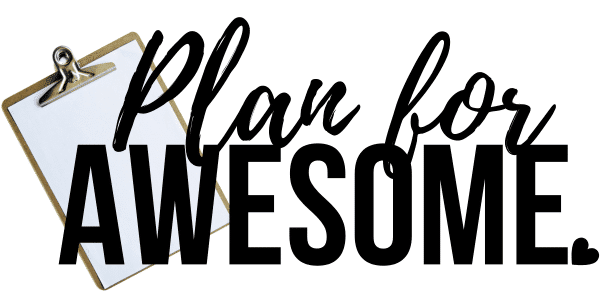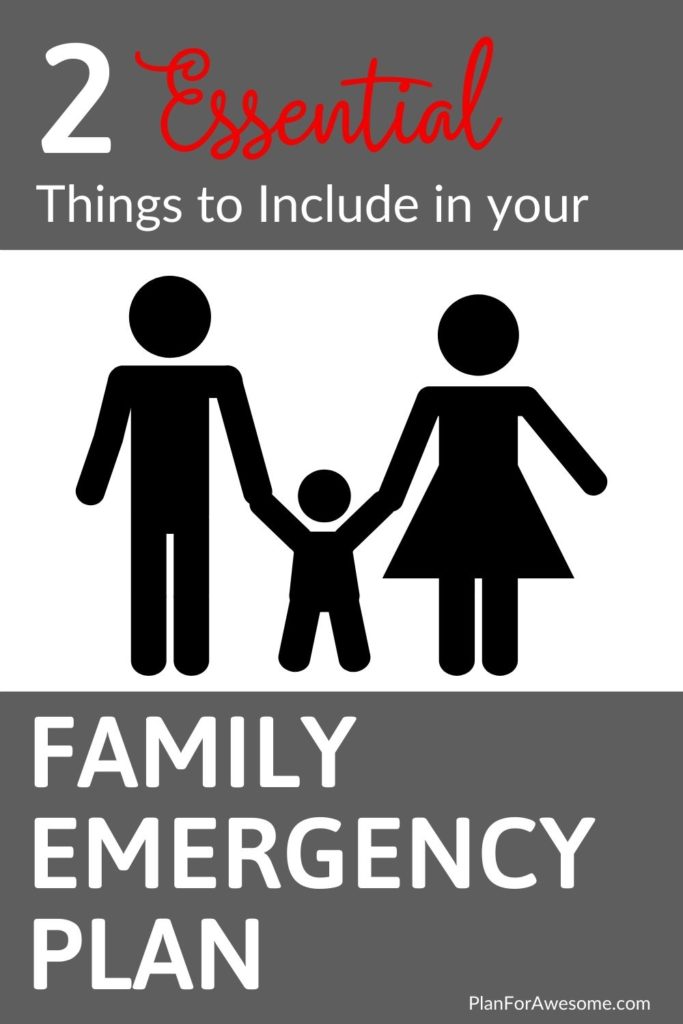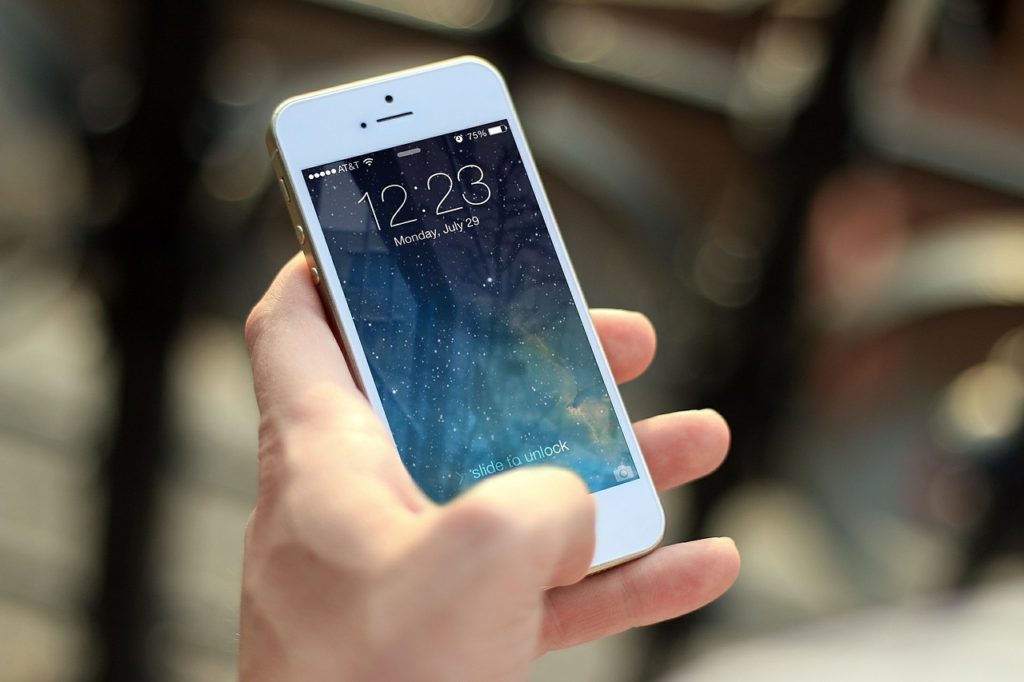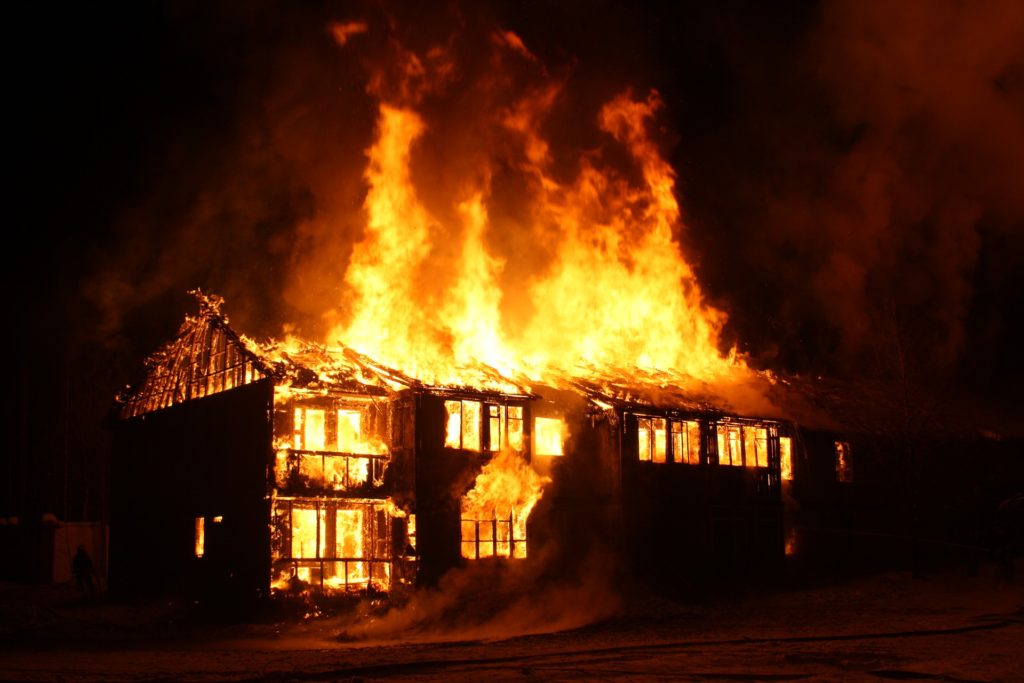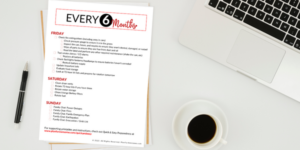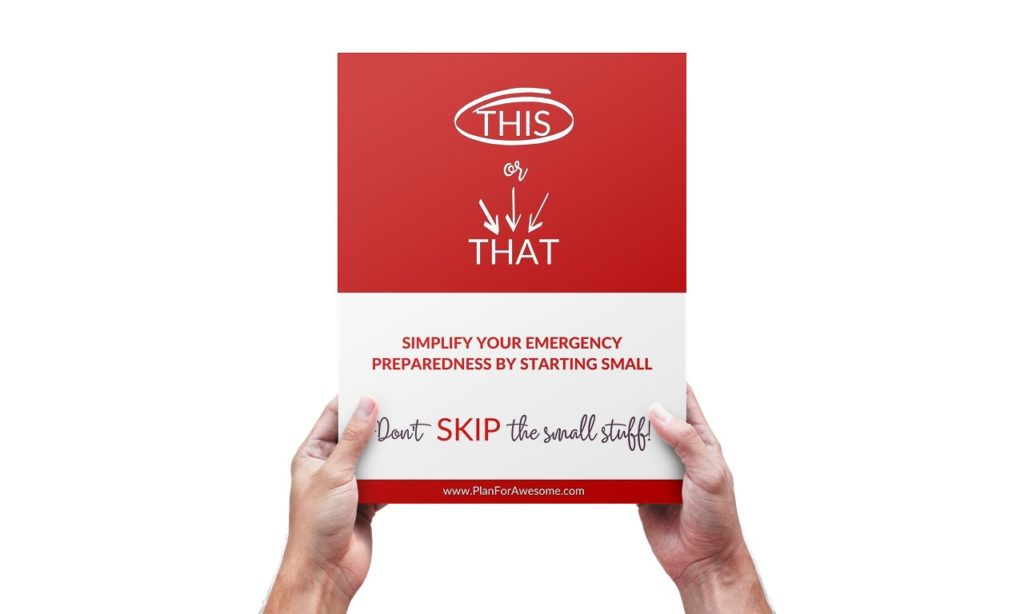
Non-food storage essentials you need to consider for your family
There will always be things we don’t think about before we encounter an emergency. But, I’m here to help you think about some of the non-food storage items you might want to keep on hand for the next rainy day.
